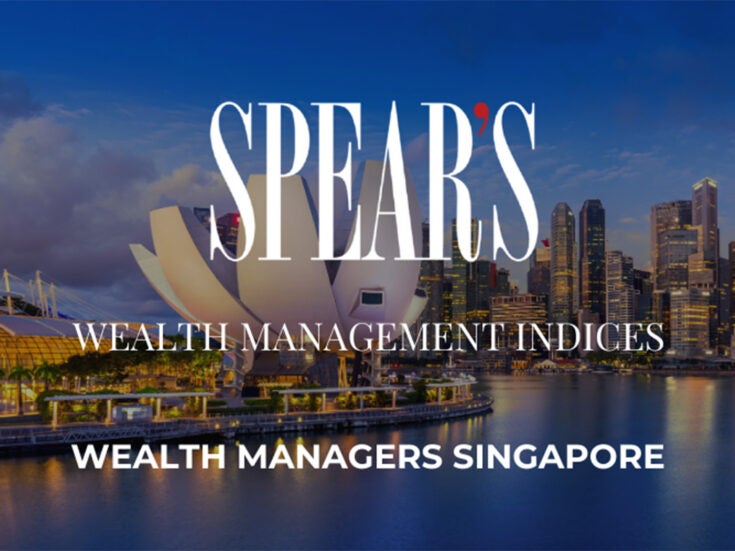It is this work that best encapsulates both the abandonment of European social and artistic traditions and their parallels in what Gauguin would have seem as a purer Tahitian society
Having previously viewed Gauguin through the windows of the Royal Scottish Academy’s overhyped and underwhelming ‘Gauguin’s Vision’ in 2005 and the Tate Modern’s impressive but circus-like 2010 exhibition ‘Gauguin: Maker of Myth’, I came to the Courtauld eager to find the balance in perspective so often elusive when showing post impressionists.
The exhibition contains just five paintings collected by Samuel Courtauld between 1923 and 1929 as the deceased artist’s shadow lengthened considerably. The exhibition pointedly features a poster from the 1910 ‘Manet and the Post-Impressionists’ exhibition organised by Courtauld’s adviser Roger Fry.
That display received poor reviews and the highly priced French art was presumably seen as all too decadent for Edwardian London. It is this heritage the gallery promotes, keen to emphasise the importance of this modest collection to the UK’s art scene: a not disingenuous position.
Pacific paintings
The earliest piece on display is from Gauguin’s brief stay in Martinique. A first reflection of his time in the Pacific, ‘Martinique Landscape’ (pictured below) holds up a palette of bright but competing colours, becoming dimmed by a couched light that repeats across so much of his work. There is the familiar raised viewpoint looking down on large foregrounds and heavy skies.

The second piece marks Gauguin’s return to France and his time in Brittany. ‘Los Meules (The Haystacks)’ celebrates the adoption of yellow as his champion; the fecund, almost gaudy, glowing haystacks contrasting the savoury portrayal of peasant life; the provincial bodies drone-like in labour. A new reality, full of artistic possibility, is communicated by this poignant departure from the trite Christian image of the harvest.
In each of these works there is a nudging escapism which is prised open through both subject and style in the remaining Tahitian paintings. Fry’s letter to Samuel Courtauld describing ‘Te Rerioa (The Dream)’ as ‘the masterpiece of Gauguin’ is highlighted by the curators but the exhibition’s gravity is drawn, like its attendees, to the enchanting ‘Nevermore’ (pictured below).
Painted in 1897 it is this work that best encapsulates both the abandonment of European social and artistic traditions and their parallels in what Gauguin would have seem as a purer Tahitian society. The statement of the subject’s position, supine across the foreground, and its attribution to Italian Renaissance art points to Gauguin’s inversion, not homage.

Tangible discord
Again the close light implies a private view of a young woman crossed in emotion. Her voluptuous abdomen is at the centre of the frame, being used to convey the remorse and distrust that is at the core of the image; there is an almost tangible discord. The brazen outside light flames the trees but we are not invited to look beyond the malicious conference in the doorway, nor the sinister bird at the window (Gauguin denied it was Poe’s Raven). Enticingly, by explicit denial of symbolism, Gauguin frustrates us, dancing between conscious gesture and passive tease.
This intrigue, that so complimented 19th century Orientalism, still entices a modern audience and perhaps it is this that Fry saw in ‘Te Rerioa’ (pictured below). Also painted in 1897 the scene is of two seated feminine figures, one of whom is rocking a cradle in which an infant sleeps. A soporific hue draws you from the still pondering of the central figures to the golden reliefs (the same as those carved by Gauguin in his own house) whose pearly-eyed forms are perhaps the most intoxicating, drawing on the exotic.

Gauguin’s own journey and the sense of the Other that underpins his later work does not detract from his pioneering use of colour or his genius as an artist but it is part of the story. This is aptly rendered by the Courtauld’s inclusion of a series of engravings from Tahiti, mostly depicting scenes in the native mythology. Gauguin made them with Western instruments such as chisels, razors, needles and sandpaper, employed in unorthodox fashion. It was Gauguin departing from traditional Pacific art, just as he had done from traditional Western art, to create something unique and new.
This exhibition is small and so does not suffer any delusion; the display is indeed important for the nation, but it is also an apt and important window on the artist. A window that lets in enough light to show the genius and the transition, while letting the work speak for itself. In that the Courtauld’s Summer Showcase achieves a discreet but invaluable balance.
Collecting Gauguin runs at the Courtauld Gallery until 8 September
All images copyright the Courtauld Gallery except ‘Martinique Landscape’ courtesy Scottish National Gallery
Don’t miss out on the best of Spear’s articles – sign up to the Spear’s weekly newsletter
[related_companies]







